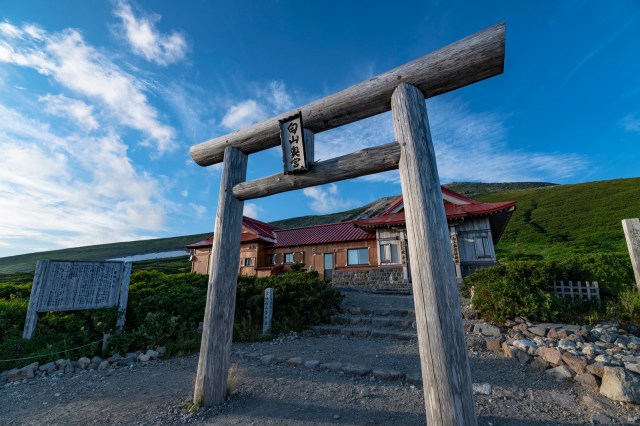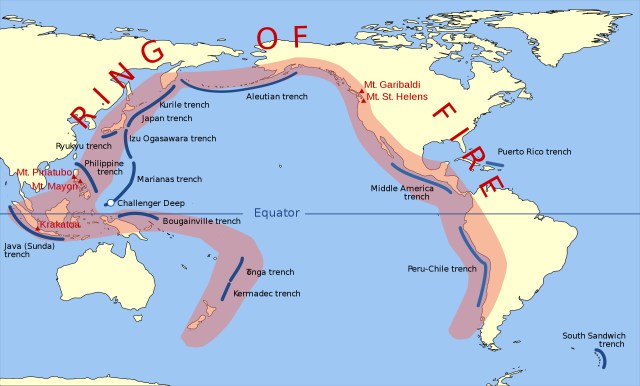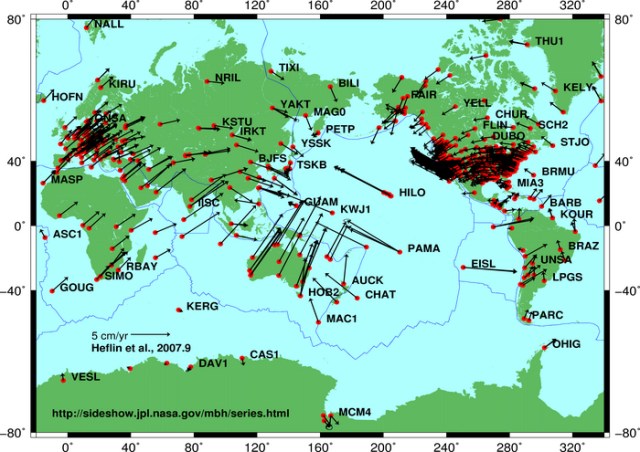Is Japan about to be rocked by a big earthquake?

People are checking their emergency bags in fear that a big quake will arrive in the coming days.
Last month, on 13 February, Japan was rocked by a 7.1 magnitude earthquake that struck off the coast of Fukushima Prefecture, approximately 220 kilometres (135 miles) north of Tokyo.
While the tremor took some people by surprise, others weren’t shocked by it–in fact, they’d even been expecting it. Because just three days earlier, there’d been a sizeable shake in the South Pacific, southeast of New Caledonia’s Loyalty Islands.
▼ The 7.9 magnitude earthquake occurred at 10:20 p.m. on 10 February.
【海外地震】
— ウェザーニュース (@wni_jp) February 10, 2021
日本時間の2月10日(水)22時20分頃、海外で規模の大きな地震がありました。震源地は南太平洋(ローヤリティー諸島南東方)で、地震の規模はM7.9と推定されます。
この地震では津波発生の可能性があります。https://t.co/sgVSJeCs0S pic.twitter.com/18mlQDkYyv
Geological activity in the South Pacific tends to set off alarm bells for a lot of people in Japan, ever since the Great East Japan Earthquake struck on 11 March 2011, approximately two weeks after the 2011 Christchurch Earthquake devastated New Zealand’s South Island city on 22 February.
So when a series of large earthquakes occurred off the coast of New Zealand on 4 and 5 March, it set people in Japan on edge.
【海外地震】
— ウェザーニュース (@wni_jp) March 4, 2021
日本時間の3月4日(木)22時27分頃、海外で規模の大きな地震がありました。震源地はニュージーランド付近(ニュージーランド北島東方)で、地震の規模はM7.3と推定されます。PTWCによると、津波発生の可能性があります。詳細は気象庁からの発表をお待ちください。https://t.co/NugHEKUDnl pic.twitter.com/9WrgzlsSiG
Several quakes followed the initial 7.3-magnitude tremor, with the strongest measuring 8.1 in magnitude.
【海外地震】
— ウェザーニュース (@wni_jp) March 4, 2021
日本時間の3月5日(金)2時41分頃、海外で規模の大きな地震がありました。震源地は南太平洋(ケルマデック諸島)で、地震の規模はM7.5と推定されます。PTWCによると、津波発生の可能性があります。日本へ影響は調査中です。気象庁からの発表をお待ちください。https://t.co/ib5KlBGz7k pic.twitter.com/PiPD07HQKC
<更新>日本への影響は調査中
— ウェザーニュース (@wni_jp) March 4, 2021
4時59分 気象庁発表
太平洋の広域に津波発生の可能性があります。
日本への津波の有無については現在調査中です。https://t.co/H731qstBdq
Could these earthquakes be a precursor for yet another big earthquake in Japan? According to science, it’s possible.
Both Japan and New Zealand sit on the edge of the Pacific Plate in The Ring of Fire, a 40,000-kilometre (25,000-mile) long belt along which most of the world’s earthquakes occur.

As the Ring of Fire isn’t a single geological structure, earthquakes are said to occur independently of each other in the region. However, researchers say a big earthquake in one area is capable of causing other large quakes, not just nearby, but on other sides of the Earth.
Japan is particularly vulnerable to large earthquakes as it sits above four tectonic plates–the Pacific, Eurasian, North American and Philippine Sea plates all meet beneath the country, where they constantly push and grind against each other. When a buildup of stress is released on one stretch of a plate in the form of an earthquake, it’s possible for it to create a tipping point at another location, and triggering can occur.
▼ This image shows the direction of motion of the Pacific Plate Plate as it moves northwest at a speed of 7-11 centimetres (3-4 inches) a year.

That certainly doesn’t bode well for Japan, where a lot of people are going on past experience and now preparing for a quake, saying:
“When an earthquake hits New Zealand, it tends to come to Japan as well so please be careful, everyone.”
“For some reason, if an earthquake of magnitude 6-7 or more occurs elsewhere on the Pacific plate, Japan feels it within a week.”
“Time to keep the gasoline tank full.”
“I’m buying water and checking my emergency bag today.”
“There were three earthquakes greater than magnitude 7 in one day!?? This may be seriously dangerous…”
“This is the same pattern seen at the time of the Great East Japan Earthquake.”
In just a few days, remembrance ceremonies will be held in Japan to mark ten years since the Great East Japan Earthquake, which makes these recent quakes in the South Pacific even more unnerving.
While we’re yet to find out whether the tremors will have any effect on Japan, now is a good a time as any to update the emergency bag with up-to-date essential supplies.
Sources: Live Science, Science Daily, Jin
Featured image: Pakutaso
Insert images: Wikipedia/NASA, Wikipedia/Gringer
● Want to hear about SoraNews24’s latest articles as soon as they’re published? Follow us on Facebook and Twitter!
Credit:

0 comments:
Post a Comment